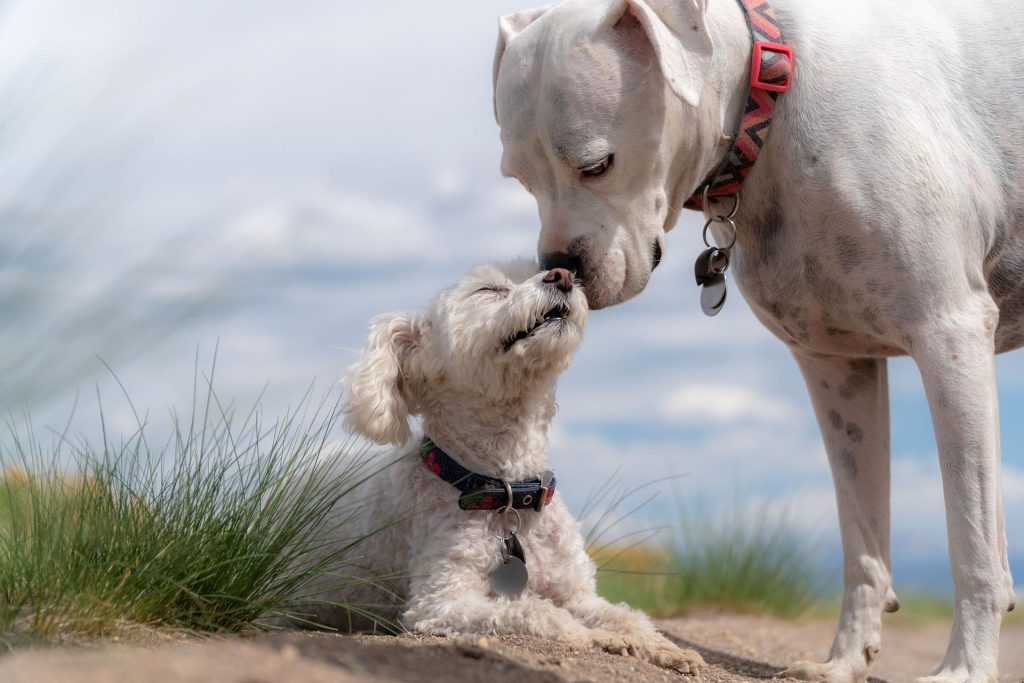Although still relatively rare, lung cancer is becoming more common in dogs. particularly older ones. It accounts for about 1% of all canine cancers, with the most prevalent type being bronchogenic adenocarcinoma. This condition can develop as a primary tumor in the lungs, or as a secondary tumor that has spread from another part of the body. Symptoms may include difficulty breathing, coughing, lethargy, weight loss, and decreased appetite. Recognizing these signs early is crucial for effective treatment and management.
Prevention: Reducing Risk Factors
While it’s impossible to completely prevent lung cancer, there are several proactive steps you can take to minimize your dog’s risk. Regular veterinary check-ups are essential for early detection of potential health issues, including cancer. Maintaining a healthy diet rich in nutrients can strengthen your dog’s immune system, while keeping them at a healthy weight can reduce the risk of various cancers. Additionally, limiting exposure to known carcinogens—such as tobacco smoke, certain pesticides, and excessive sunlight—can also help protect your dog’s health.
Diagnosis: Early Detection is Key
If you suspect your dog may have lung cancer, prompt veterinary attention is vital. Your veterinarian will conduct a thorough physical examination and may recommend diagnostic tests such as X-rays, CT scans, or MRIs to assess the lungs and surrounding tissues. Blood tests, urinalysis, and possibly a bronchoscopy may also be performed to gather more information. Early diagnosis significantly improves the chances of successful treatment, so don’t hesitate to seek help if you notice concerning symptoms.
Treatment Options: Tailored Approaches
Treatment for lung cancer in dogs often depends on the type and stage of the cancer. For primary tumors that have not spread, surgical removal (lobectomy) may be the best option. In cases where surgery isn’t viable, chemotherapy and radiation therapy can be considered to manage the disease and improve quality of life. If the cancer has metastasized, palliative care may be the focus, emphasizing comfort and pain relief rather than aggressive treatment. Discussing all available options with a veterinary oncologist can help you make informed decisions about your dog’s care, while consulting a holistic or integrative vet can provide you with some alternative therapies to help support your dog during his illness.
Supporting Your Dog Through Treatment
Caring for a dog diagnosed with lung cancer can be emotionally challenging. It’s essential to provide a supportive environment during their treatment. Ensure your dog is comfortable and has a quiet space to rest. Monitor their appetite and energy levels, and communicate any changes to your veterinarian. Additionally, engaging your dog in gentle play and maintaining a routine can help reduce stress for both of you.
Conclusion: A Focus on Quality of Life
Lung cancer is a serious condition, but with early detection and appropriate treatment, many dogs can continue to lead fulfilling lives. As a dog parent, staying informed about your dog’s health and being proactive in their care can make a significant difference. By prioritizing regular veterinary visits, maintaining a healthy lifestyle, and being vigilant for symptoms, you can help ensure your furry friend remains as well as possible.
The post Understanding Lung Cancer in Dogs appeared first on Animal Wellness Magazine.

